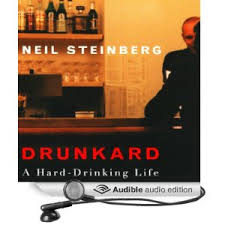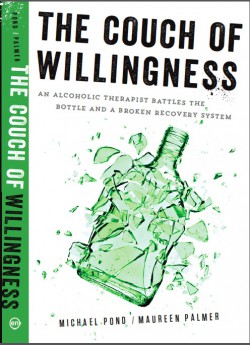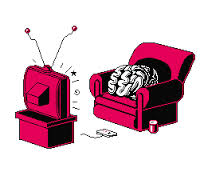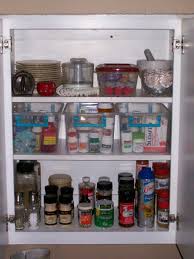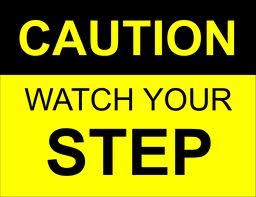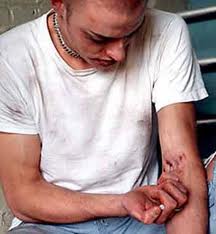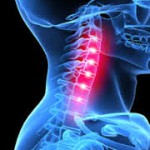 Hi all. The reason you haven’t heard from me for a few weeks is because I finally had that surgery I’ve been waiting for. Cervical spine surgery, bone growing where it’s not supposed to, I’ll spare you the details.
Hi all. The reason you haven’t heard from me for a few weeks is because I finally had that surgery I’ve been waiting for. Cervical spine surgery, bone growing where it’s not supposed to, I’ll spare you the details.
But what I’ll tell you about is my revisiting the land of addiction. This happened to me a little over three years ago too. Then it was lumbar spine surgery. Jeesh. I hope they’ve covered the whole thing by now. At that time, I published a piece about getting into, then out of, opiates, in a popular magazine called Toronto Life.
Here’s the sequel.
 The story line is pretty straightforward: pain — painkillers — surgery — more pain — more painkillers — struggle with self because opiates still feel like opiates to me: and do I or don’t I need them for one / two / three more weeks? — and then quitting. I’ve gotten very good at quitting. But haven’t we all?
The story line is pretty straightforward: pain — painkillers — surgery — more pain — more painkillers — struggle with self because opiates still feel like opiates to me: and do I or don’t I need them for one / two / three more weeks? — and then quitting. I’ve gotten very good at quitting. But haven’t we all?
Here are a few lines I wrote the other day when I was still pretty spacey and feeling the pseudomagical draw of the pills:
The old cravings come shooting up through cracks in the sidewalk like weeds growing too quickly via time-lapse photography, pulling you, your attention, your focus, the thing that you want to be moving toward, that picture frame waiting for its picture, the pull, the pull that hasn’t really been absent all morning, you just forgot to remember it for a few minutes, that pull toward….toward what? Toward nothing. That’s the irony, the stupidity of it. Especially on this dose, enough to soften the pain quite nicely, but you’d think there wouldn’t be enough rope to hang myself. I mean, would there? With the tolerance I’ve built up in the last few weeks, I’d have to take a lot more than the prescribed amount — and I have cheated some, scoping out the territory — to….to….get to….where was it I wanted to get to again? In which case, I wouldn’t have enough left to override the pain for a couple more days, until it was time for the refill. But it would be worth it because everything is worth getting that feeling again, now, this afternoon. You know: that feeling that…that you both can’t forget about and can’t think about. That, once you’ve got it in you, you have to keep telling yourself is special and different, even though the fact that you have to keep reminding yourself implies that maybe it’s not so special. And after a few days of this stuff, let’s face it, it’s not different at all. It’s boring.
These are the strange meanderings of an ex-addict touring the past in the present. What’s valuable about it is that I can see, with vivid clarity, that the addictive urge is a pull toward nothing. Just the same tired replay of an illusion I know so well. It feels now like it did then, but with the addition of perspective, a life, a whole different set of habits of thought and feeling, a meditative warmth that allows me to exist wherever I am. And all that really puts a different slant on things. But there’s still the urge, there’s still enough of a memory of something beyond just okay. There’s still this synaptic freeway, this massive roll-out of holiday traffic, lining up, frantically checking the time, in order to get to a playland that’s been closed for years. And then realizing that it was already closed when I used to go there, regularly, way back then, because even then, the brief fizzle of fun was like some sprinkler they forgot to disconnect at the entrance. There just wasn’t anything to do once you got through the gates.
Whether you want to call addiction a disease, a brain aneurism, a satanic possession, or whatever, the way things feel to me now, the same as before and yet so different, is the bedrock experiential proof that it’s a developmental process. Addiction and recovery that is. I’ve actually ceased seeing any value in talking about them as separate processes. It’s all development. Because, as with everything else that develops, you lay down habits — synaptic configurations — that don’t ever go away  completely. Yet they change with time, the nature of “the reward” changes with time and so does the way you deal with it. The configuration continues to transform itself. As the Muppets so sagely captured it: That’s good enough for me.
completely. Yet they change with time, the nature of “the reward” changes with time and so does the way you deal with it. The configuration continues to transform itself. As the Muppets so sagely captured it: That’s good enough for me.
I’m okay now. The cravings came, they’re still there sometimes, other times not. I’ll be off the drugs in another couple of weeks, after some pretty conscientious tapering. (Thanks, Doc) And the pain is going down day by day. I can sit. I can type. The sun is shining. There’s a lot to do.




